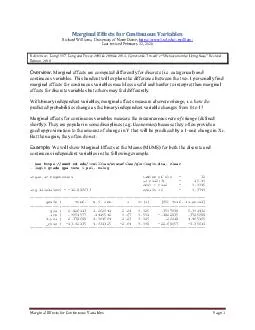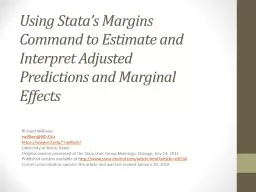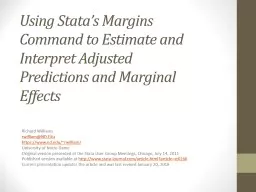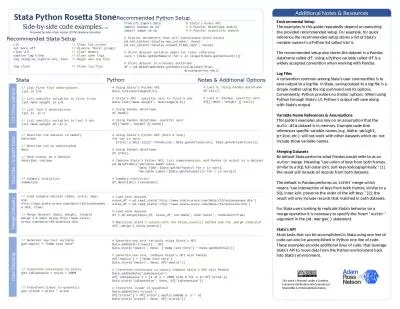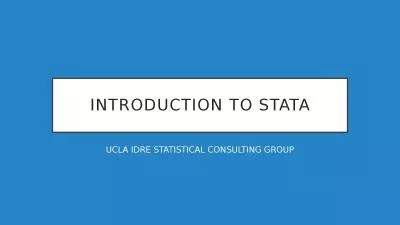PDF-Marginal Effects for Continuous Variables Discrete and Instantaneous Change References
Author : marina-yarberry | Published Date : 2014-12-01
e categorical and continuous variables Thus handout will explain the difference between the two With binary in dependent variables marginal effects measure discrete
Presentation Embed Code
Download Presentation
Download Presentation The PPT/PDF document "Marginal Effects for Continuous Variable..." is the property of its rightful owner. Permission is granted to download and print the materials on this website for personal, non-commercial use only, and to display it on your personal computer provided you do not modify the materials and that you retain all copyright notices contained in the materials. By downloading content from our website, you accept the terms of this agreement.
Marginal Effects for Continuous Variables Discrete and Instantaneous Change References: Transcript
Download Rules Of Document
"Marginal Effects for Continuous Variables Discrete and Instantaneous Change References"The content belongs to its owner. You may download and print it for personal use, without modification, and keep all copyright notices. By downloading, you agree to these terms.
Related Documents

